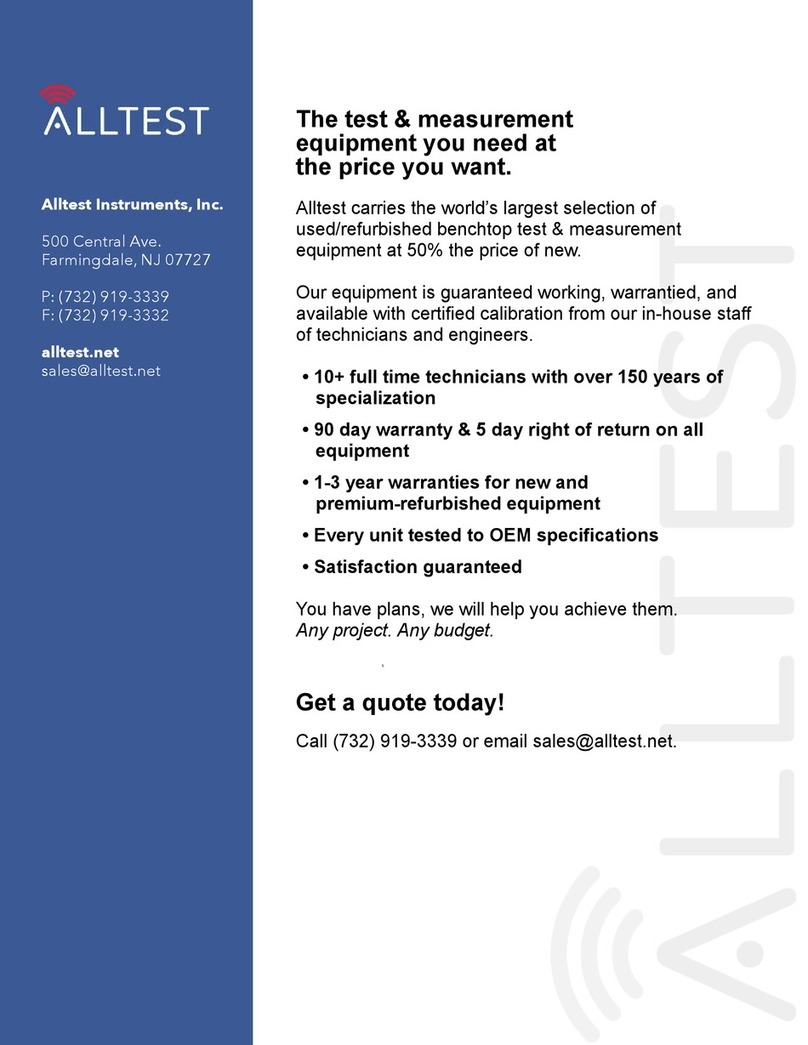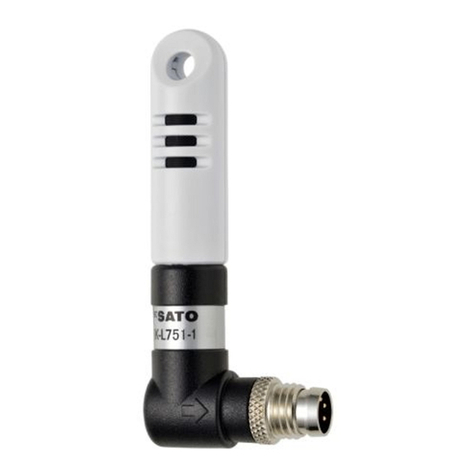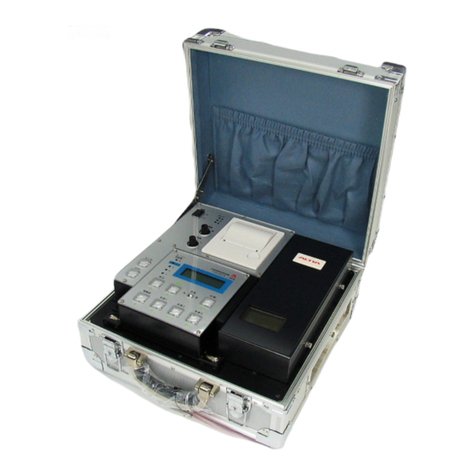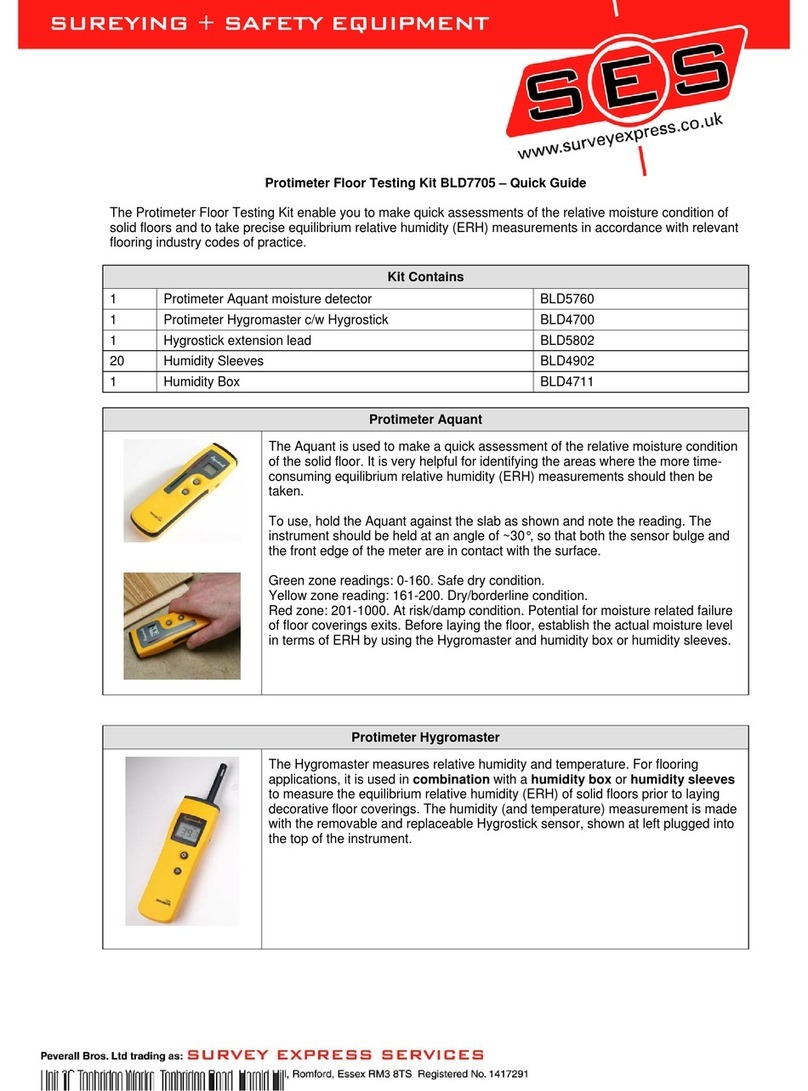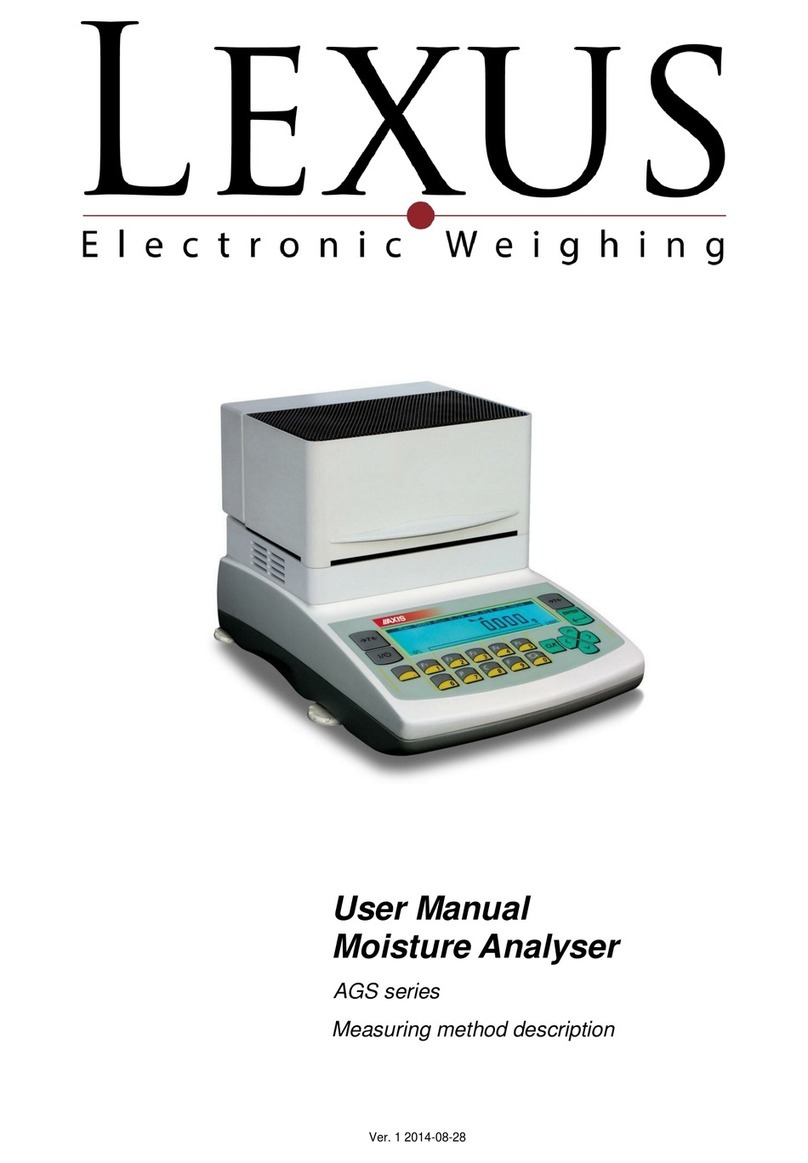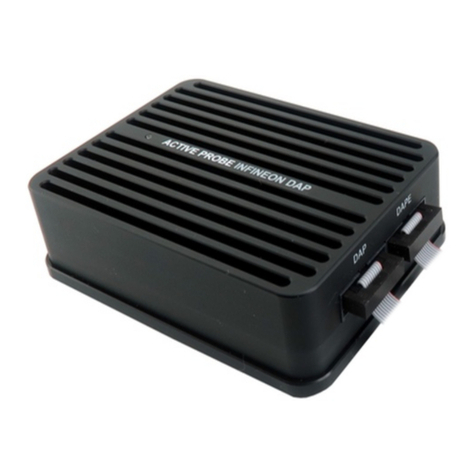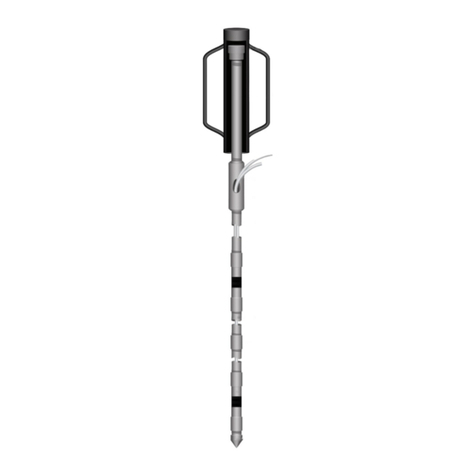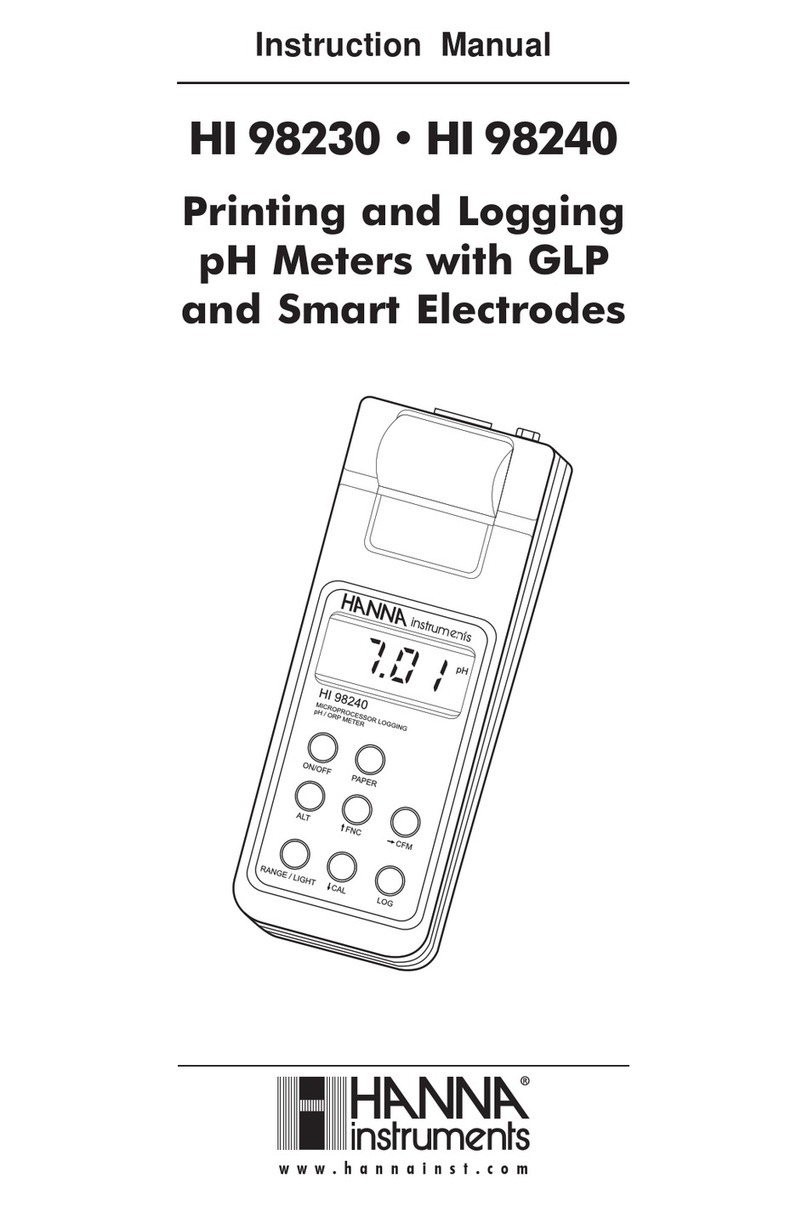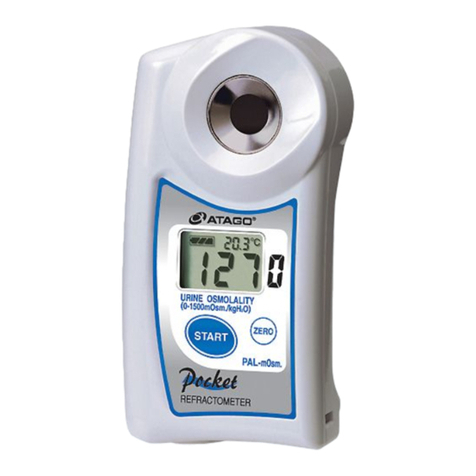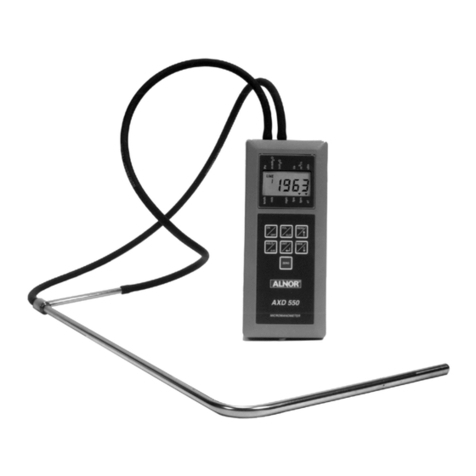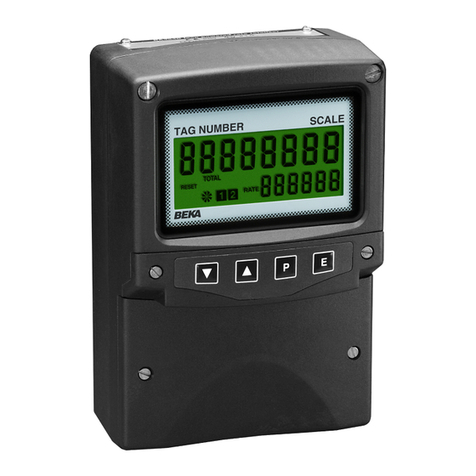Fcar IDIAGT138 User manual

FCAR Series Product Operation Manual Instruction
1
Statement
The manual is designed only for the use of the vehicle tire pressure monitoring system
(TPMS), without the written approval of FCAR, any corporation or individual cannot
copy and backup in any form (electronic, mechanical, photocopying, recording or other
means).
This manual is only used for professional automobile maintenance technicians. This
manual offers the product operating methods only. The company accepts no
responsibility for any possible consequence of the use of this manual as applied to other
equipment.
The company will not take any responsibility for the user or third parties for equipment
damages, losses, costs, or expenses resulted in accidents, abuse or misuse of this
product, or unauthorized modifications, repairs or alterations to this product or
operation or maintenance to not comply with the instructions. This manual is based on
the latest configurations and functions of product。The new description, data and
illustration may change compared to those described in this manual. FCAR reserves the
rights to make changes to its products without prior notice.
FCAR has registered trademark in Mainland China. In the countries and areas where our
trademark, service identification, domain name, icon, company name, etc. have not
been registered, FCAR claims ownership for non-registered trademark, service
identification, domain name, icon and company name. Other products and trademark of
company name referred in this manual still belong to the original registered company.
Without the consent of owner in written form, any individual or third parties cannot use
our trademark or any other referred trademark of other company, service identification,
domain name or company name, etc.
This device complies with Part 15 of the FCC Rules. Operation is subject to the following
two conditions:
1.This device may not cause harmful interference.
2.This device must accept any interference received, including interference that may
cause undesired operation

FCAR Series Product Operation Manual Instruction
2
Registered trademark
FCAR has registered trademark in China and several overseas countries. In the countries
and areas where our trademark, service identification, domain name, icon, company
name, etc. have not been registered, FCAR claims ownership for non-registered
trademark, service identification, domain name, icon and company name. Other
products and trademark of company name referred in this manual still belong to the
original registered company. Without the consent of owner in written form, any
individual or third parties cannot use our trademark or any other referred trademark of
other company, service identification, domain name or company name, etc.
Product operation manual
Please carefully read this manual before using this product.
The manual is based on the current specifications and functions of the product. If new
specifications and functions are added to the product, there will be corresponding
changes in the manual. The new manual can be downloaded from the company’s
website. Please carefully read the "Note", "Remark" and "Introductions" of the manual
to ensure that use our products properly and safely.

FCAR Series Product Operation Manual Instruction
3
Content
CHAPTER 1 INTRODUCTION................................................................................... 4
GENERAL INFORMATION....................................................................................... 4
MAINTENANCE...................................................................................................... 5
CERTIFICATION ...................................................................................................... 6
CHAPTER 2 PRODUCT STRUCTURE ........................................................................ 7
2.1 HOST STRUCTURE DESCRIPTION ................................................................... 7
2.2 FT-138 HOST PARAMETERS ........................................................................... 8
CHAPTER 3 HOST MENU INTRODUCTION ........................................................... 9
3.1 TPMS CHECK (CHECK) ................................................................................... 9
3.2 FREQUENCY DETECTION ............................................................................. 10
3.3 SETTING ..................................................................................................... 11
3.4 UPDATE ...................................................................................................... 11
CHAPTER 4 TPMS ACTIVATION AND PROGRAMMING ......................................... 13
4.1 VEHICLE SELECTION .................................................................................... 13
4.2 SENSOR PROGRAMMING ........................................................................... 14
4.7 SENSOR ACTIVATION .................................................................................. 18
CHAPTER 5 UPDATE............................................................................................. 20
WARRANTY CLAUSES .......................................................................................... 22

FCAR Series Product Operation Manual Instruction
4
Chapter 1 Introduction
General Information
1.1 TPMS System Review
The tire pressure monitoring system (TPMS) is a kind of electric systems and designed for the
use of monitoring the air pressure in the pneumatic tyres of various kinds of vehicle models.
TPMS reports the real-time tyre pressure information to the driver through the instrument,
pictogram display or simple low-pressure warning lamp. TPMS can be classified into two
different categories –direct (dTPMS) and indirect (iTPMS). TPMS is available in OEM (factory)
and aftermarket solutions
1.2 TPMS Legislation
In America, the U.S. Department of Transportation(NHTSA)released No. 138 FMVSS, which
requires to install the tire pressure monitoring system with the weight rating(GVWR)below
4,536 kg (10,000 lb) for all new cars, multipurpose passenger cars, trucks and general
vehicles except for two-wheeled vehicles until 2007. In the European Union, since November
1, 2012, all new passenger cars must be equipped with TPMS which has a more stringent
specification as defined by the UNECE Vehicle Rules (No. 64 regulations). Since November 1,
2014, all new passenger cars sold in the EU must be equipped with TPMS. On July 13, 2010,
South Korea's maritime bureau of the ministry of land and transportation announced part of
the amendment on the Korean motor vehicle safety standard (KMVSS), which stipulates that
"the TPMS should be installed in the passenger car and the vehicle GVW 3.5 tons or less, ...
[effective] cars that are produced after January 1, 2013 are considered as new models".
Japan is expected to legislate through the EU after the implementation in the EU about a
year or so. Other countries that have developed TPMS include Russia, Indonesia, the
Philippines, Israel, Malaysia and Turkey.
1.3 TPMS Indicator
You should learn the meaning of the TPMS indicator while diagnosing the TPMS system.
When the ignition switch is off, the TPMS indicator lights up and then goes off to indicate
that the system is working properly. If the indicator lights up, there will be pressure problems.

FCAR Series Product Operation Manual Instruction
5
If the indicator flashes, a system problem may occur, which may range from the fault sensor
to the vehicle sensor that has not yet learned the vehicle.
1.4 Advantages of TPMS
Important advantages of TPMS are concluded as below:
Fuel saving.
Extend the tire life.
Reduce the downtime and maintenance.
Improve the safety.
Environmental benefits.
Maintenance
2.1 Screen maintenance
1)The screen surface will absorb dust due to the static electricity, it is recommended to
purchase the wiping cloth dedicated for liquid crystal display screen to clean the
host screen, please gently wipe;
2)Do not use fingers to wipe the dust, so as not to leave any fingerprints; Do not use
chemical detergent to wipe the screen;
3)Please do not place the product next to the electrical equipment that produces
electromagnetic interference to avoid affecting the display;
4)Please do not expose the screen to direct sunlight or ultraviolet light for a long time
so as not to affect the screen life.
2.2 Precautions
1)Frequently switching on and off the host, sudden power off, unstable power,
artificially abnormal power are prohibited;
2) Please unplug the product if it’s not used to protect the electric components from
aging due to the long time power-on;
3) Do not expose the product to volatile acid and alkali chemical air environment, so as
not to cause corrosion of the host hardware;
4) Do not use dissolved chemical reagents such as banana oil, engine cleaning agent,

FCAR Series Product Operation Manual Instruction
6
gasoline, etc. to wipe the host;
5)No items can be placed on the display screen to avoid the touch screen rupture or
internal component damage caused by the great pressure.
Certification
FT-138 TPMS tester has CE, FCC and Rohs certification.
FCC COMPLIANCE FCC ID: 2AJDD-IDIAGT138
FCC Statement
This equipment has been tested and found to comply with the limits for a Class B digital device,
pursuant to Part 15 of the FCC Rules. These limits are designed to provide reasonable protection
against harmful interference in a residential installation. This equipment generates uses and can
radiate radio frequency energy and, if not installed and used in accordance with the instructions,
may cause harmful interference to radio communications. However, there is no guarantee that
interference will not occur in a particular installation. If this equipment does cause harmful
interference to radio or television reception, which can be determined by turning the equipment
off and on, the user is encouraged to try to correct the interference by one or more of the
following measures:
-- Reorient or relocate the receiving antenna.
-- Increase the separation between the equipment and receiver.
-- Connect the equipment into an outlet on a circuit different from that to which the receiver is
connected.
-- Consult the dealer or an experienced radio/TV technician for help.
This device complies with part 15 of the FCC Rules. Operation is subject to the following two
conditions:
(1) This device may not cause harmful interference, and (2) this device must accept any
interference received, including interference that may cause undesired operation.
Changes or modifications not expressly approved by the party responsible for compliance could
void the user's authority to operate the equipment.

FCAR Series Product Operation Manual Instruction
7
Chapter 2 Product Structure
2.1 Host structure description
Front view
Bottom view
1
2
3
4
5
6
1
7
8
9
10
11

FCAR Series Product Operation Manual Instruction
8
Host instruction
Number
Name
Number
Name
①
Display screen
⑦
Right
②
Return
⑧
Activation button
③
Left
⑨
Up
④
Down
⑩
Charging port
⑤
Host switch
⑪
USB interface
⑥
OK
2.2 FT-138 Host parameters
Host parameters
Display
screen
TFT color display (320x240 resolution ratio)
Power
3.7V lithium polymer battery 3500mAh
Working
temperature
0℃to 50℃(32℉to 122℉)
Storage
temperature
-20℃to 70°C (-4℉to 158°F)
Size
Length 194*width 103*thickness 42 mm

FCAR Series Product Operation Manual Instruction
9
Chapter 3 Host Menu Introduction
3.1 TPMS check (CHECK)
1) Switch on the power, turn on the host and enter the main interface
2) Enter the [CHECK] menu for TPMS check to perform a series of programming and
activations.

FCAR Series Product Operation Manual Instruction
10
3.2 Frequency detection
Click [RKE] to enter, you can detect whether there is wireless data transmission at
frequencies of 315M and 433M.
Note: The blue progress bar represents the signal strength

FCAR Series Product Operation Manual Instruction
11
3.3 Setting
Click [SET] to enter the settings, you can set the host language, voice, automatic
shutdown time, ID display format, temperature display format, pressure format and
system information.
Language: Set the machine language
Voice: Select On or Off to turn on or turn off the button tone
Auto shutdowm: Select the automatic shutdown time in minutes
ID format: Select the ID display format, HEX is hexadecimal; Decimal is decimal
Temperature format: Celsius and Fahrenheit can be selected as the temperature unit
Pressure format: Kpa, Bar and Psi can be selected as the pressure unit
System lnfo: Display some system parameter information. Such as software version,
model version and so on
3.4 Update
Click [UPDATE] to start updating according to tips

FCAR Series Product Operation Manual Instruction
12

FCAR Series Product Operation Manual Instruction
13
Chapter 4 TPMS Activation and Programming
4.1 Vehicle selection
1) Select [CHECK] to enter the model selection interface
2) Select the desired vehicle model by clicking the arrow on the host

FCAR Series Product Operation Manual Instruction
14
4.2Sensor programming
1) Press “OK” to enter the TPMS activation and programming interface after the vehicle
model is selected
Note: The sensor at the top of the FT-138 machine is the alignment sensor during the activation and programming

FCAR Series Product Operation Manual Instruction
15

FCAR Series Product Operation Manual Instruction
16
2) Click on the host arrow to select the programming picture and click [OK] to enter the
sensor programming menu
Note: If the interface displays none, a default ID will be written while programming

FCAR Series Product Operation Manual Instruction
17
3) Select the wheel, the top of FT-138 is aimed at the sensor, click [OK] to program the
sensor
4) After being programmed successfully, the sensor data will be displayed, click the return
key to exit

FCAR Series Product Operation Manual Instruction
18
4.7 Sensor activation
1) Select the corresponding wheel in the programming and activation interface, use
FT-138 to aim at the sensor position of this wheel, click [OK] or the activation key to
activate the sensor. You can check the written sensor ID in the programming menu
after the sensor is activated

FCAR Series Product Operation Manual Instruction
19

FCAR Series Product Operation Manual Instruction
20
Chapter 5 Update
1) There are program updates and database updates for FT-138. Entering the PC terminal
upgrade interface is preferred
2) Connect FT-138 and the PC computer terminal with the specified USB cable, click the
update icon on FT-138, press OK to confirm the device is in the update mode
Table of contents

